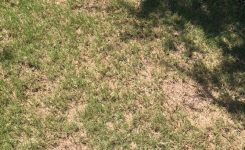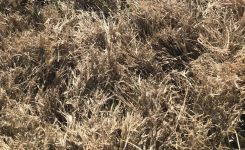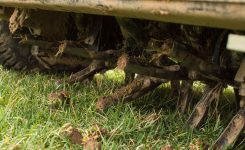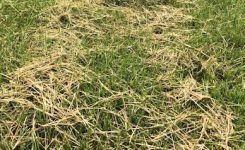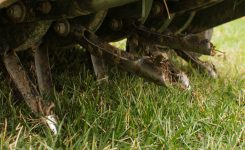Lawn Care Services, Lawn Treatment Solutions Blog
What Can I Do About Moss in My Lawn?
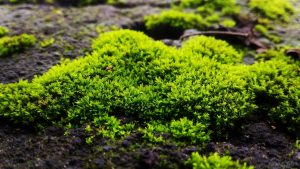 What Can I Do About Moss in My Lawn?
What Can I Do About Moss in My Lawn?
This frequently asked question might come from a misconception that if the moss is gone then the grass will grow better.
In fact, the existence of moss is a clear indication of an environment that is optimum for growing moss and possibly not good for growing turfgrass.
Moss is commonly thought to be a fungus or that it “chokes out” the grass. These are myths.
Moss is not a fungus.
It is a plant that has no roots so it does not need soil to grow. It takes water and nutrients from the air and can grow on the surface of trees, rocks, soil, concrete, bricks, or just about any other surface in a landscape. Moisture is the main factor in moss growth. It can grow in sun or shade as long as the area is moist. During winter, moss may develop in sunnier areas where it is not likely to grow during summer when the moisture would evaporate quickly or be taken up readily by the grass.
Moss does not compete with or “choke out” turfgrass.
If you have an area with a lot of moss, eradicating the moss will not make the area better for growing grass. The moss will keep coming as long as the environment is good for it. Continuously killing it with hopes of growing thick grass in its place would leave you with bare soil, but not a better environment for growing grass.
What are my options if I really don’t want moss in my lawn?
You could modify the environmental conditions that are making the area inhospitable for turfgrass. In our experience, the biggest factor that inhibits grass is insufficient sunlight for the type of grass.
Bermudagrass needs at least 8 hours of direct, unfiltered sunlight to grow thick and healthy. Zoysiagrass and Centipedegrass do well with at least 6-7 hours. Tall Fescue needs about 5-6 hours of full sun exposure per day.
If the minimum sunlight requirement for your type of grass is not achieved, then the grass will be thin or non-existent. Bare soil provides a better opportunity for growth of certain weeds that do not need as much sunlight to thrive. If the area stays moist, which often goes hand-in-hand with shade, then moss will happily grow there.
In addition to insufficient sunlight there may be several reasons why grass might not grow well in an area. They include soil compaction, nutrient deficiencies, pH problems, poor soil structure, and poor drainage. These could all be mitigated, but without the required sunlight the grass won’t improve and the moss or other plants will thrive.
Another possibility is to welcome a new perspective on moss. Think of it as a very pretty, soft, cushiony, cool, green, low-maintenance, eco-friendly ground cover—a charming landscape feature. It does not require mowing, irrigation, or fertilizer, which is easier and less costly for you, and healthier for the environment.

